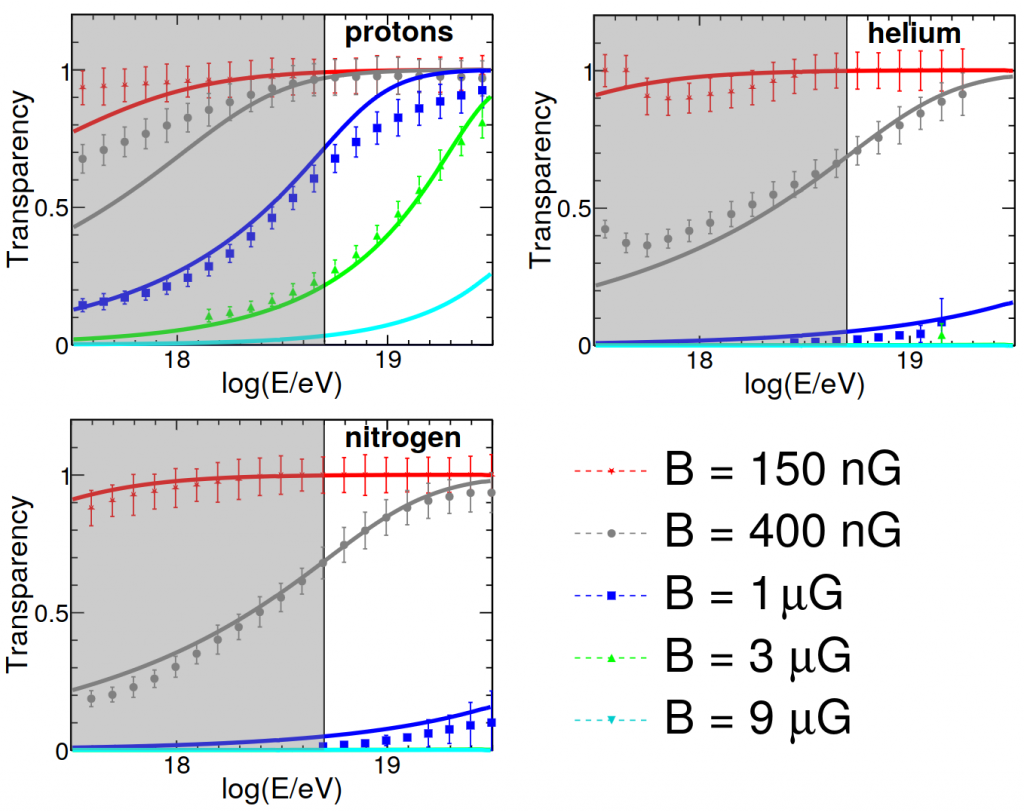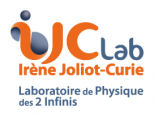
By Antonio Condorelli a, Jonathan Biteau a,b, Remi Adamc
a Université Paris-Saclay, CNRS/IN2P3, IJCLab, 91405 Orsay, France
b Institut universitaire de France (IUF)
c Université Côte d’Azur, Observatoire de la Côte d’Azur, CNRS, Laboratoire Lagrange, France
Description by the author on AAS Youtube channel
This works published in the The Astrophysical Journal aims to study the role that Galaxy clusters have in the emerging field of ultra-high-energy-cosmic-ray (UHECR) astronomy. Galaxy clusters are the universe’s largest objects in the universe kept together by gravity. Most of their baryonic content is made of a magnetized diffuse plasma. We investigate the impact of such magnetized environment on UHECR propagation. The intracluster medium is described according to the self-similar assumption, in which the gas density and pressure profiles are fully determined by the cluster mass and redshift. The magnetic field is scaled to the thermal components of the intracluster medium under different assumptions. We model the propagation of UHECRs in the intracluster medium using a modified version of the Monte Carlo code called SimProp, where hadronic processes and diffusion in the turbulent magnetic field are implemented. We provide a universal parametrization that approximates the UHECR fluxes escaping from the environment as a function of the most relevant quantities, such as the mass of the cluster, the position of the source with respect to the center of the cluster and the nature of the accelerated particles. Based on our results, we should not observe ultra-high-energy nuclei coming from the inner regions of massive galaxy clusters above the ankle energy. This includes in particular the Virgo cluster, the closest galaxy cluster to us (𝑑 ≃ 16 Mpc, 𝑀 ≃ 1.2-1014 𝑀ⵙ). The result of our work reduces the discrepancies between the arrival direction model and the data, justifying the lack of ultra-high-energy nuclei in the directions of the galaxy clusters and thus suggesting interesting pathways to investigate composition anisotropies.









